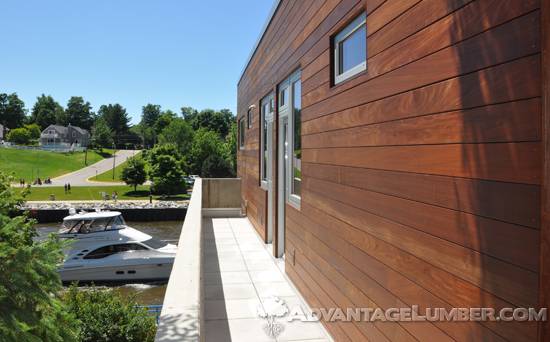Comparing Pine, Cedar, Ipe, Cumaru, Tigerwood, and Thermally Modified Ash
Wood siding adds a classic and timeless appeal to any home. However, the lifespan of wood siding greatly depends on the type of wood used, as well as factors like climate, maintenance, and installation quality.
In this blog post, we’ll explore the longevity of different wood species commonly used in siding – Pine, Cedar, Ipe, Cumaru, Tigerwood, Thermally Modified Ash and Wallaba wood shingles – to help you make an informed decision for your home.
Pine Siding
Pine is a popular choice for siding due to its availability and affordability. However, it’s important to note that Pine is a softer wood and more susceptible to damage from the elements, insects, and rot. When properly maintained with regular painting or staining, and if installed in a climate that isn’t too harsh, pine siding can last about 20-25 years.
Cedar Siding
Cedar is known for its natural beauty and resistance to moisture, rot, and insects, thanks to its natural oils. This makes Cedar a more durable option compared to Pine. On average, Cedar siding can last anywhere from 25 to 40 years, depending on the climate and how well it is maintained. Regular staining and sealing can extend its lifespan.
Ipe Siding
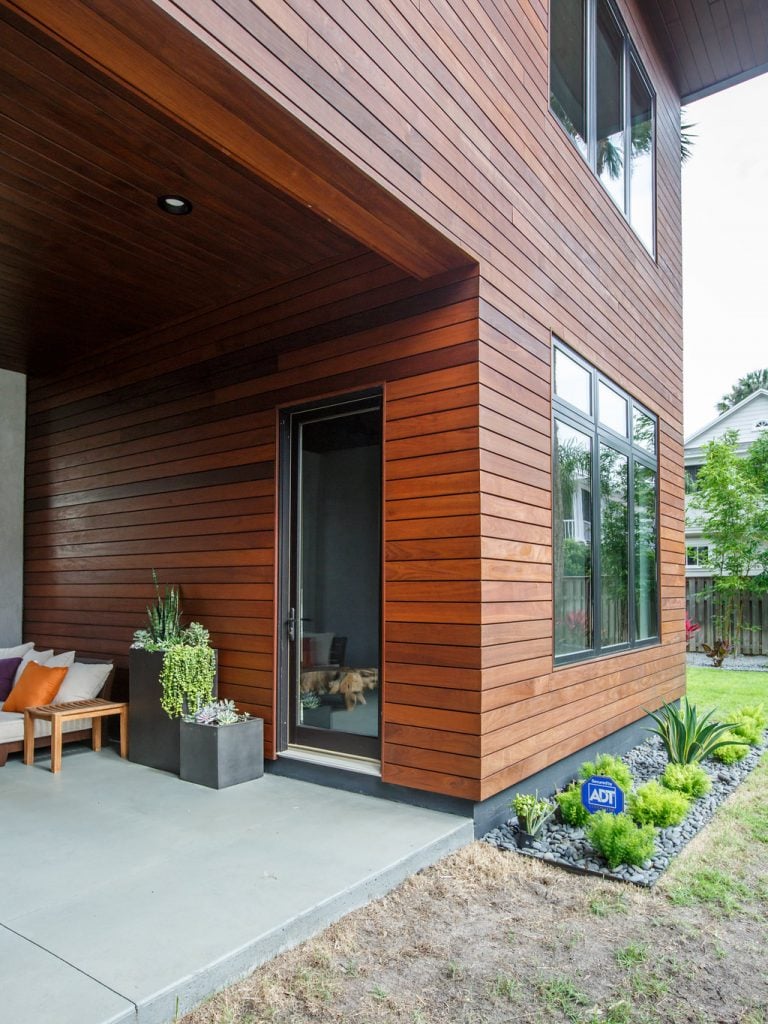
Ipe, also known as Brazilian Walnut, is an incredibly durable and hardy wood. It is highly resistant to rot, mold, and insect damage. Ipe siding can last up to 75 years with proper installation and minimal maintenance. Its density and natural oils make it an excellent choice for areas with harsh weather conditions.
Cumaru Siding
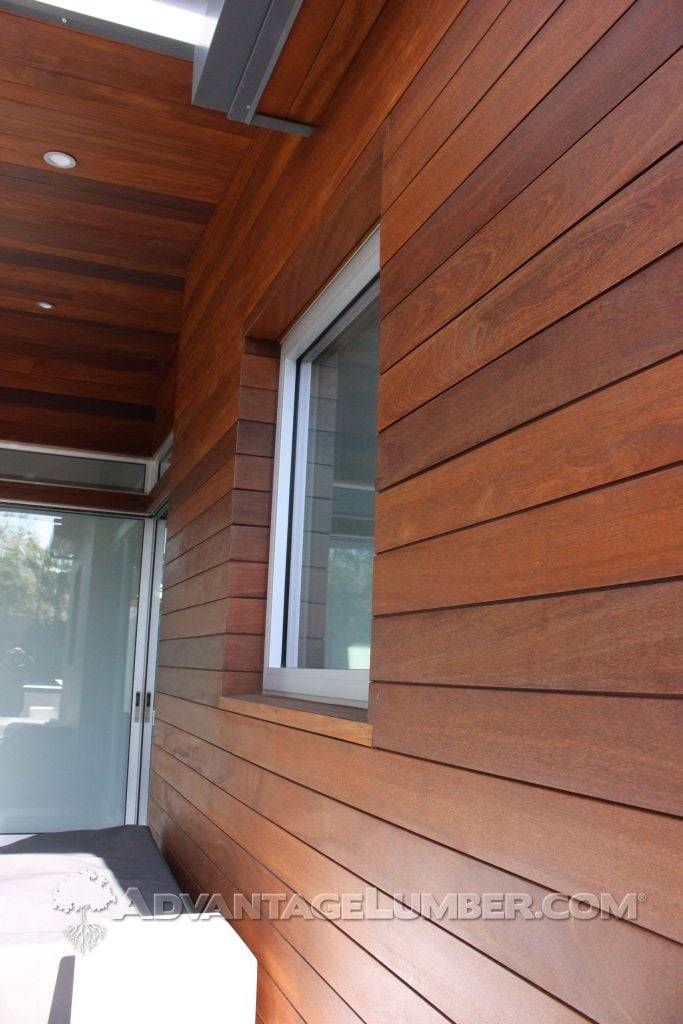
Cumaru, similar to Ipe, is another dense and durable wood species from South America. It shares many of the same qualities as Ipe, including resistance to rot, decay, and insect infestation. With appropriate care, Cumaru siding can easily last up to 50 years, making it a highly durable option for any home.
Tigerwood Siding
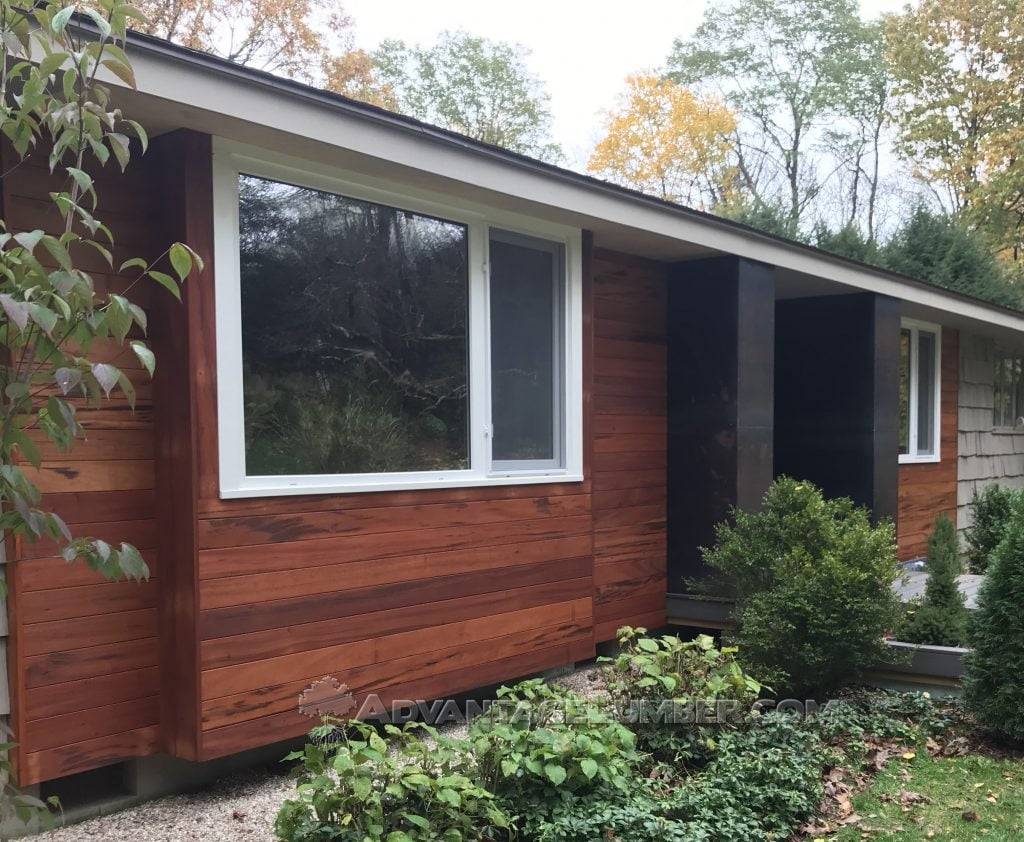
Tigerwood is valued for its striking appearance and durability. It’s naturally resistant to rot and insects and can withstand various weather conditions. When maintained properly, Tigerwood siding can last up to 30 years or more. It’s an excellent choice for homeowners looking for a unique and long-lasting wood siding.
Thermally Modified Ash Siding
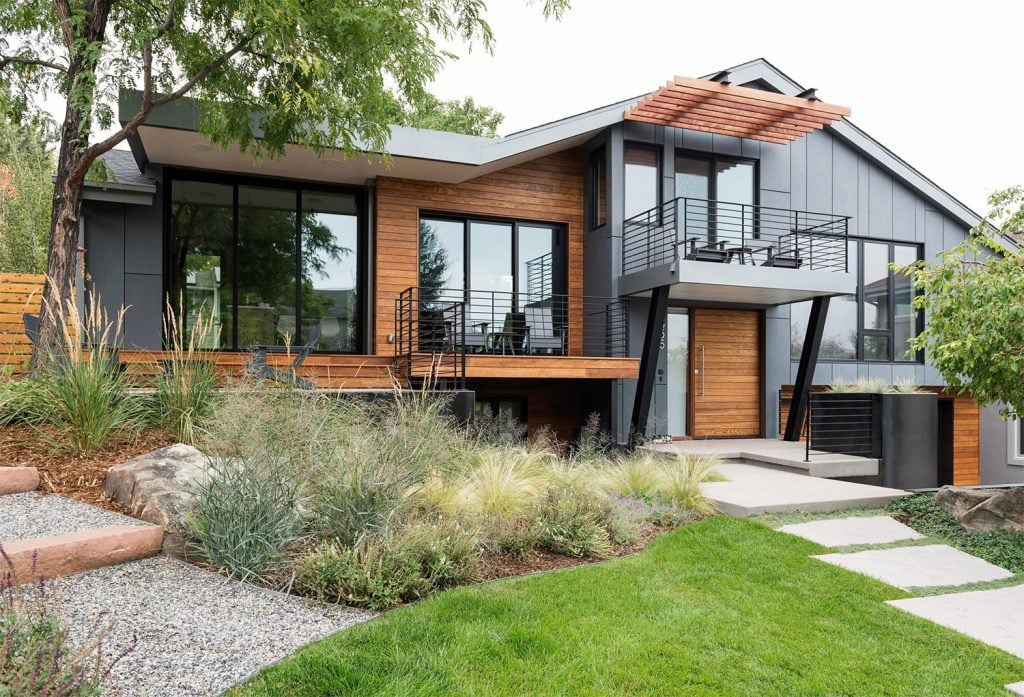
Thermally Modified Ash is a newer entrant in the siding market. The thermal modification process enhances the wood’s resistance to moisture, decay, and insects, significantly extending its lifespan compared to non-modified wood. Thermally modified Ash can last over 25 years, and its environmental sustainability is an added advantage.
Wallaba Shingle Siding

Wallaba shingles come from the dense forests of South America. Wallaba is known for its strength, resilience and long lifespan. These shingles are highly resistant to harsh weather conditions, insect damage, and fire, making them an attractive choice for homeowners.
When discussing the Wallaba shingles lifespan, one can expect them to last for 40+ years, with some instances of them even holding strong for over half a century. This remarkable lifespan is attributed to the high resin content in Wallaba wood, which naturally repels insects and resists decay.
Maintenance Matters
Regardless of the wood type, maintenance is key to longevity. Regular cleaning, staining, or painting, along with periodic inspections for damage, are crucial in extending the life of wood siding.
Climate Considerations
The local climate plays a significant role in the lifespan of wood siding. Woods like Ipe and Cumaru are ideal for harsher climates, while Pine and Cedar may be more suitable for milder conditions.
Conclusion
When choosing wood siding, consider the specific characteristics of each wood type. Pine and Cedar offer classic beauty but require more maintenance. Ipe, Cumaru, and Tigerwood are excellent choices for durability and low maintenance, while Thermally Modified Ash provides a balance of durability and sustainability. Ultimately, the best choice depends on your personal preferences, local climate, and willingness to maintain the siding over time.
